Arizona Trail Backpacking: Passage 30, Mormon Lake
AZT Day 32
Trans Utah/Arizona Day 39
In the land of Arizona
Through desert heat or snow
Winds a trail for folks to follow
From Utah to Old Mexico
It’s the Arizona Trail
A pathway through the great Southwest
A diverse track through wood and stone
Your spirit it will test
Oh, sure you’ll sweat and blister
You’ll feel the miles every day
You’ll shiver at the loneliness
Your feet and seat will pay
But you’ll see moonlight on the borderlands
You’ll see stars on the Mogollon
You’ll feel the warmth of winter sun
And be thrilled straight through to bone
The aches and pains will fade away
You’ll feel renewed and whole
You’ll never be the same again
With Arizona in your soul
Along the Arizona Trail
A reverence and peace you’ll know
Through deserts, canyons, and mountains
From Utah to Old Mexico
-“The Arizona Trail,” Dale R. Shewalter
Double Springs-Mormon Lake Overlook
After packing up from yesterday’s camp on Mormon Mountain this morning, the trail works it’s way south around the lower slopes of Mormon Mountain before the hiker arrives at Double Springs campground. While it’s closed, there’s a nearby creek that I use to get a couple liters of water.
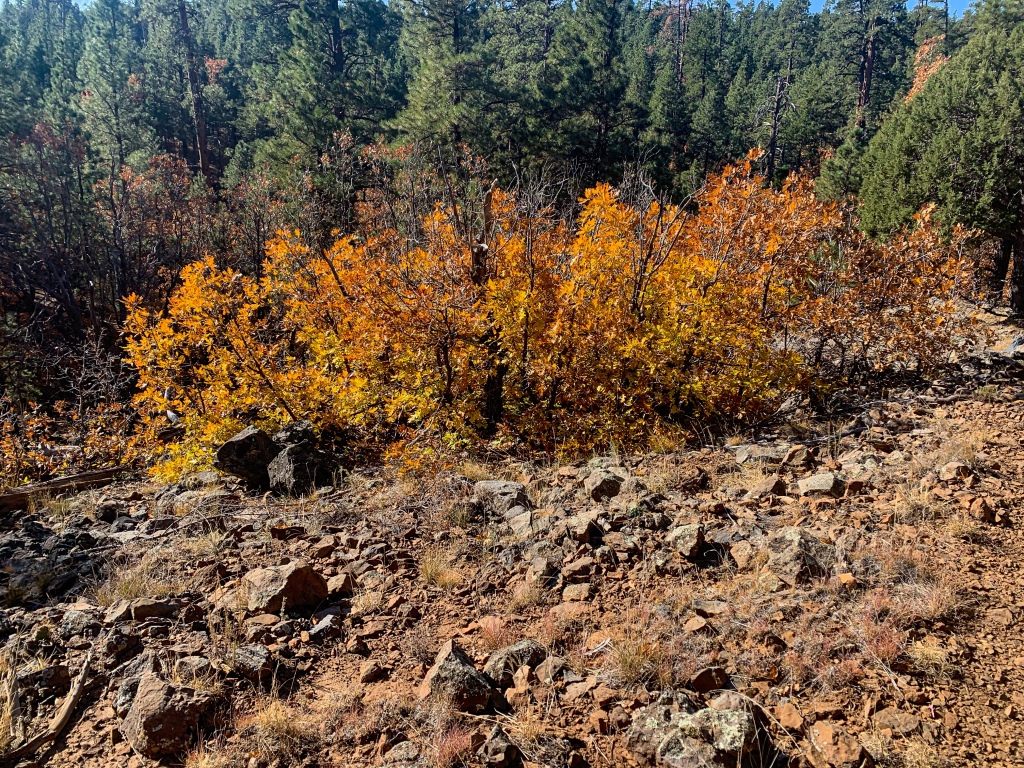
Arizona Trail, Passage 30 (Mormon Lake)
Coconino National Forest
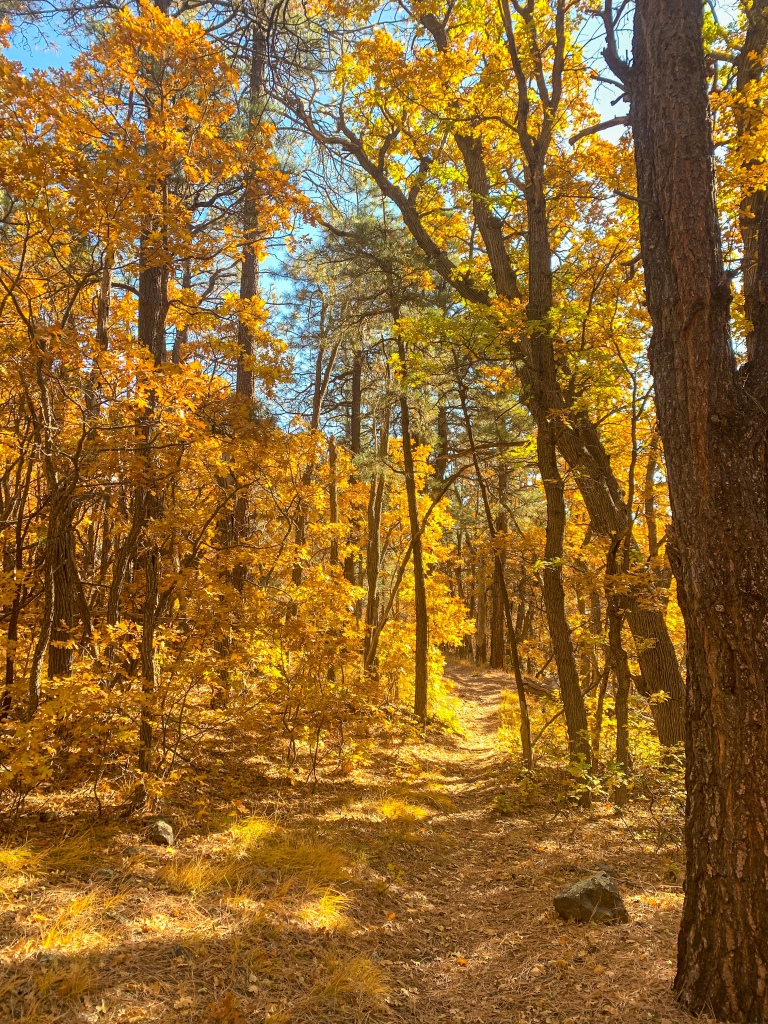
Arizona Trail, Passage 30 (Mormon Lake)
Coconino National Forest
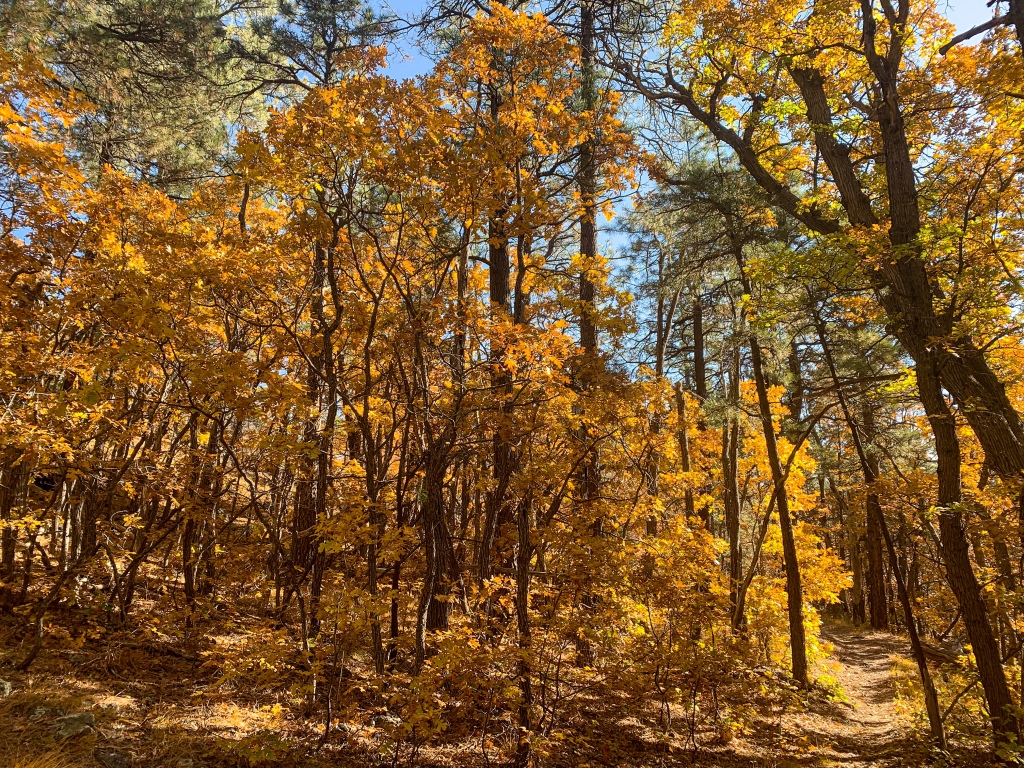
Arizona Trail, Passage 30 (Mormon Lake)
Coconino National Forest
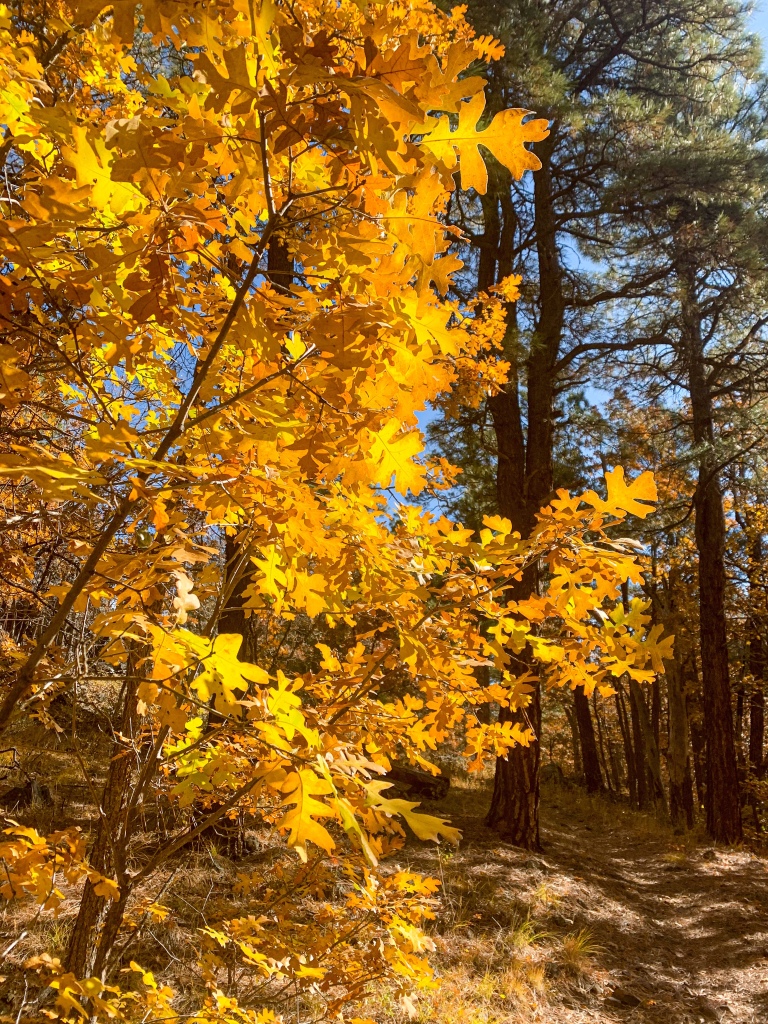
Arizona Trail, Passage 30 (Mormon Lake)
Coconino National Forest
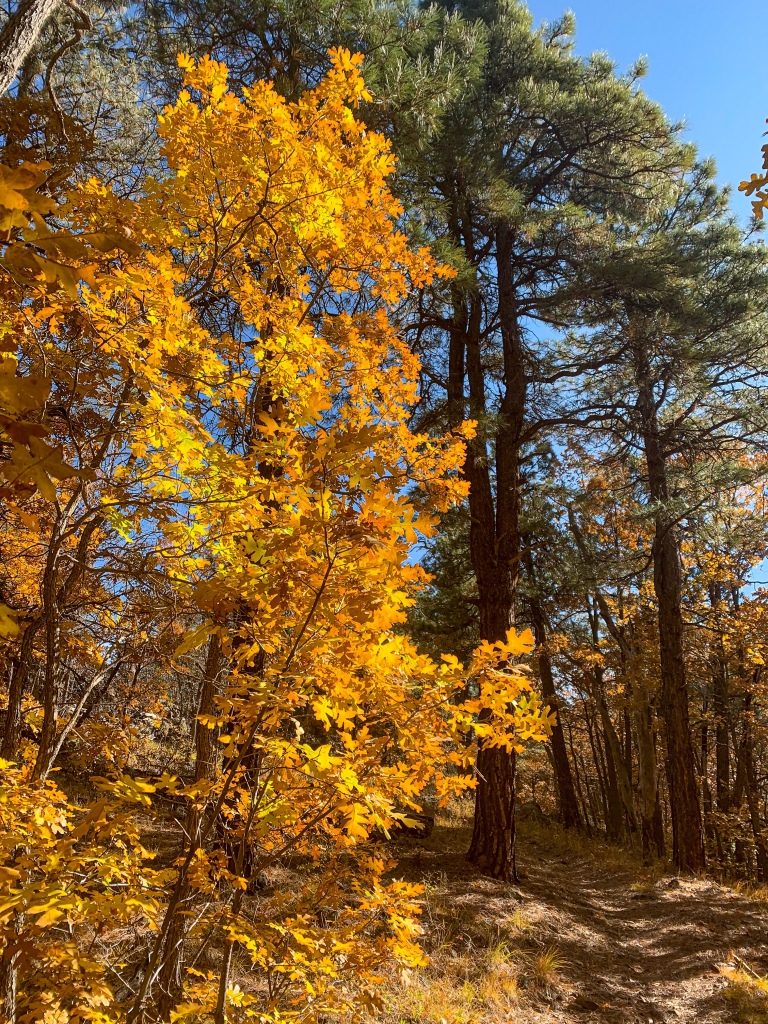
Arizona Trail, Passage 30 (Mormon Lake)
Coconino National Forest

Arizona Trail, Passage 30 (Mormon Lake)
Coconino National Forest

Arizona Trail, Passage 30 (Mormon Lake)
Coconino National Forest
Arizona Trail: Mormon Lake Overlook
Backpacking south the trail passes an overlook of the ridges and of Mormon Lake itself, Arizona’s largest natural lake. It’s low (it often dries up under drought conditions to become “Mormon Meadow”) but the spring was wet enough that it hasn’t disappeared. It’s so windy that I’m almost blown off the overlook and my glasses ARE blown off (thankfully I catch them before they fall).
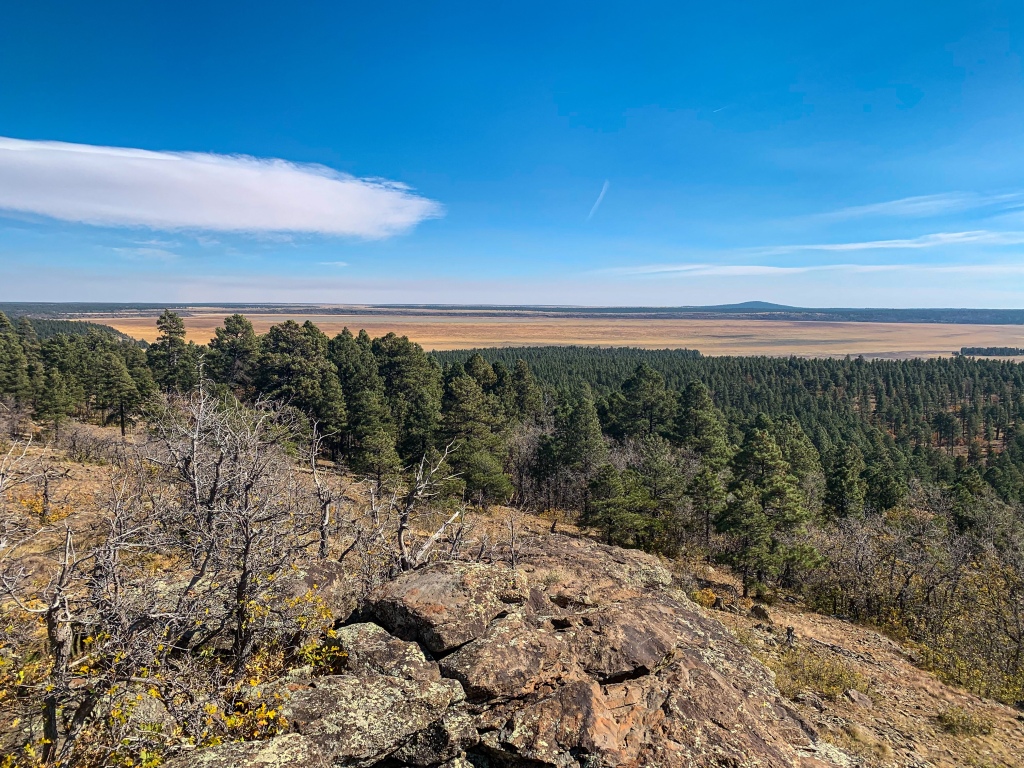
Arizona Trail Passage 30 (Mormon Lake)
Coconino National Forest
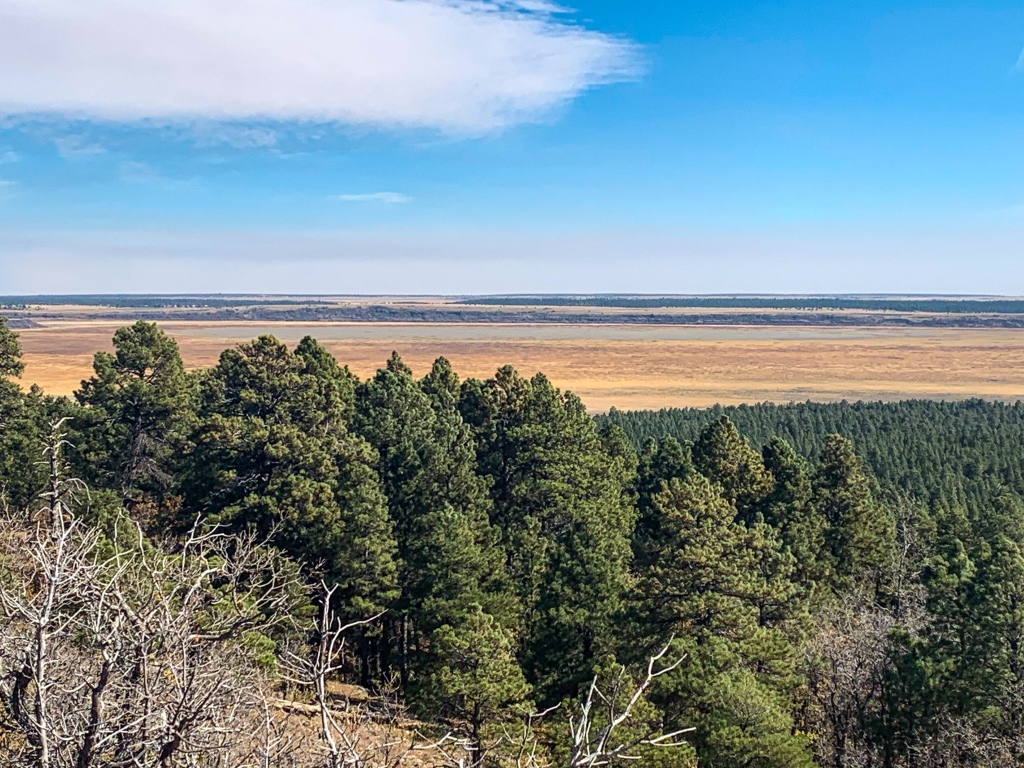
Arizona Trail Passage 30 (Mormon Lake)
Coconino National Forest

Arizona Trail Passage 30 (Mormon Lake)
Coconino National Forest

Arizona Trail, Passage 30 (Mormon Lake)
Coconino National Forest
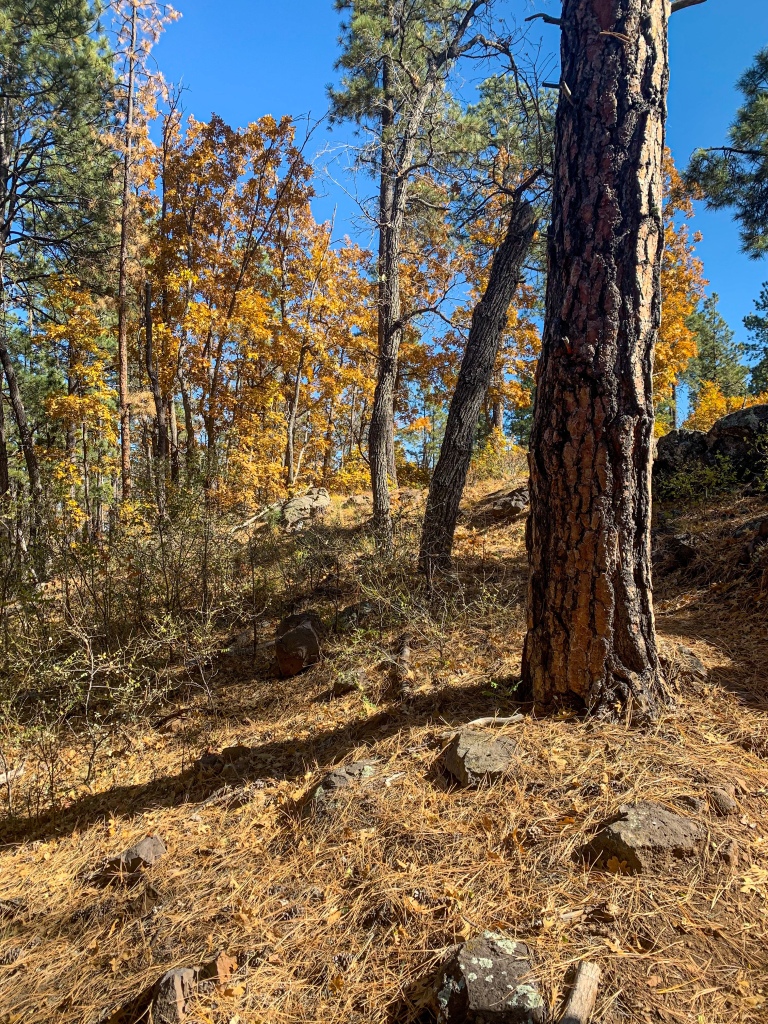
Arizona Trail Passage 30 (Mormon Lake)
Coconino National Forest
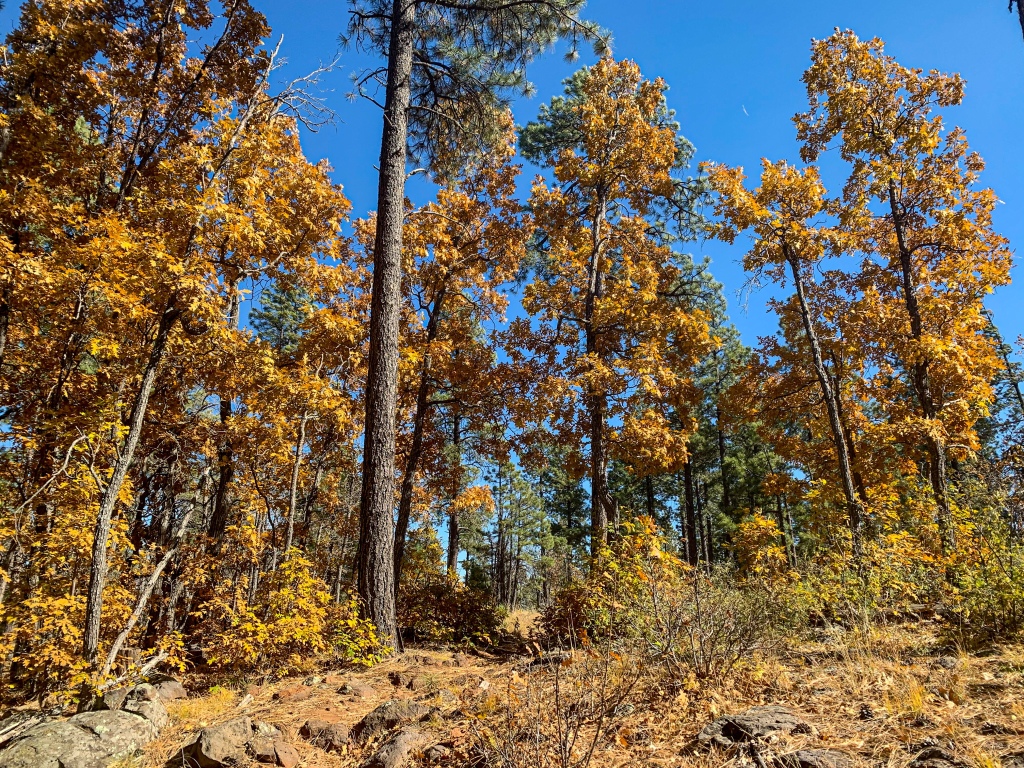
Arizona Trail Passage 30 (Mormon Lake)
Coconino National Forest
Arizona Trail: Mormon Lake Overlook-Navajo Spring
The trail continues south, passing more evidence of past logging railroads. A nearby interpretive sign reads as follows:
Loggers lived a dangerous and rough life in the late 19th and early 20th centuries. They spent long days in all kinds of weather felling massive ponderosa pines and skidding them to the railroads for transport to the saw mills. Their nights were spent in drafty bunkhouses without showers or running water. So what was it that kept them going – food, and lots of it.
USFS interpretive sign
The loggers that worked in these woods needed to eat between 6000 and 9000 calories a day to fuel their hard work. How about this grocery list for 45 men from a 1907 logging camp: one tub of lard, a sack of turnips, a sack of onions, a box of yeast, a case of cream, a barrel of sweet potatoes, seven sacks of potatoes, a case of peaches, a case of pears, two cases of eggs, a case of tomatoes, a barrel of apples, 112 pounds of cabbage, a case of corn, 22 pounds of cakes, 10 pounds of tea, 12 cases of strawberries, two barrels of flour, 15 cans of baking powder, and 300 pounds of beef. How long did it last? One week.

Arizona Trail Passage 30 (Mormon Lake)
Coconino National Forest
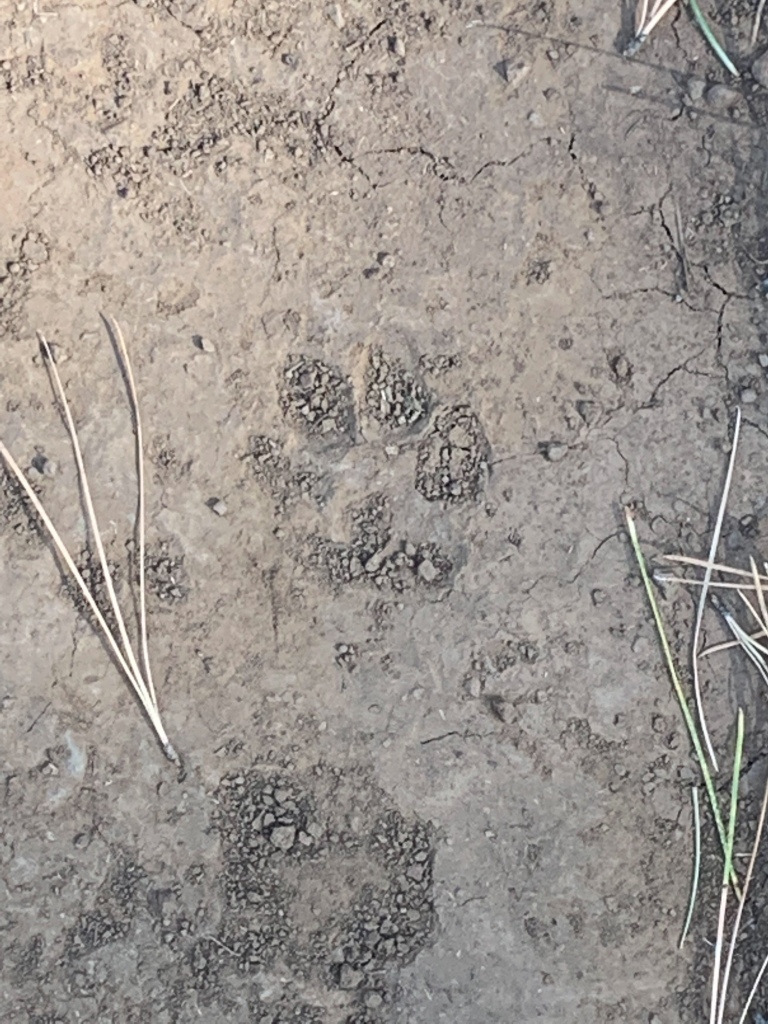
Arizona Trail Passage 30 (Mormon Lake)
Coconino National Forest
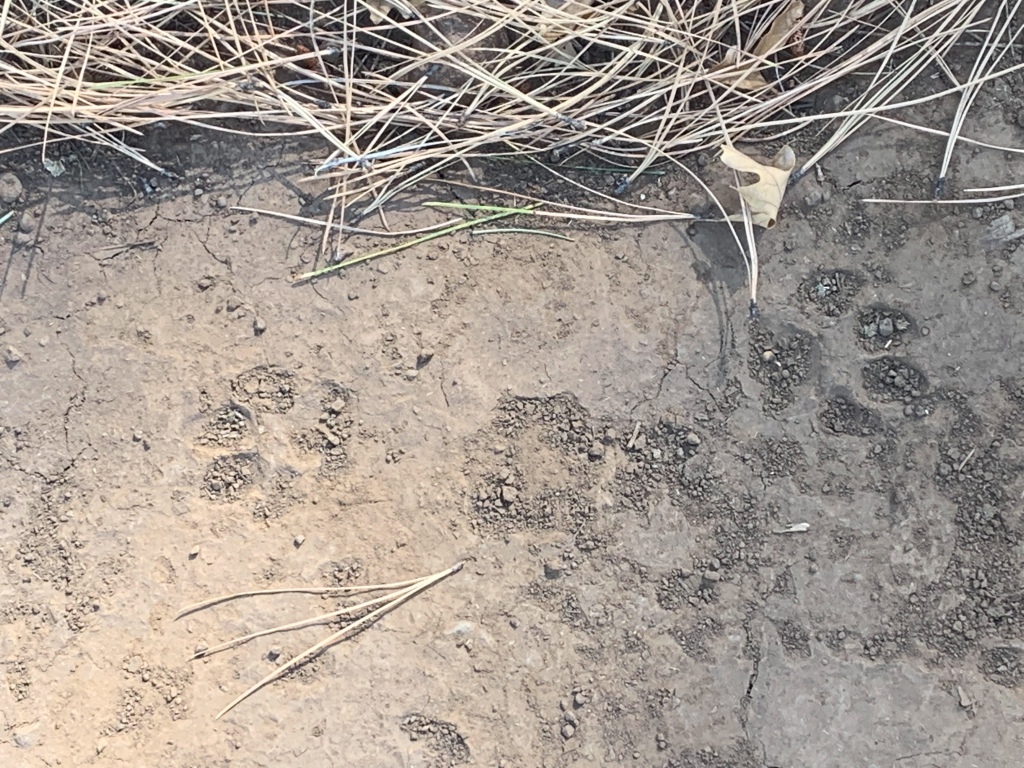
Arizona Trail Passage 30 (Mormon Lake)
Coconino National Forest

Arizona Trail Passage 30 (Mormon Lake)
Coconino National Forest
Navajo Spring-Mormon Lake
The trail ultimately leads to Navajo Spring, the last reliable good water source for a while. I take the opportunity to hike into Mormon Lake and get some real food at Mormon Lake Lodge. I also find and grab some things out of a hiker box at the store. Unfortunately I have to settle for Coors Lite when it comes to food and drink at the lodge, but a burger and some chili certainly help.
A magnet from my Osprey pack gets lost in the shuffle; I leave a description and a phone number that I can be reached at in case it gets found. When I leave later, it’s raining so I end up spending the night on the covered porch of a closed building of the lodge. I also realize that I left my sleeping pad at the prior campsite, so I’ll have to get an early start tomorrow and get that.
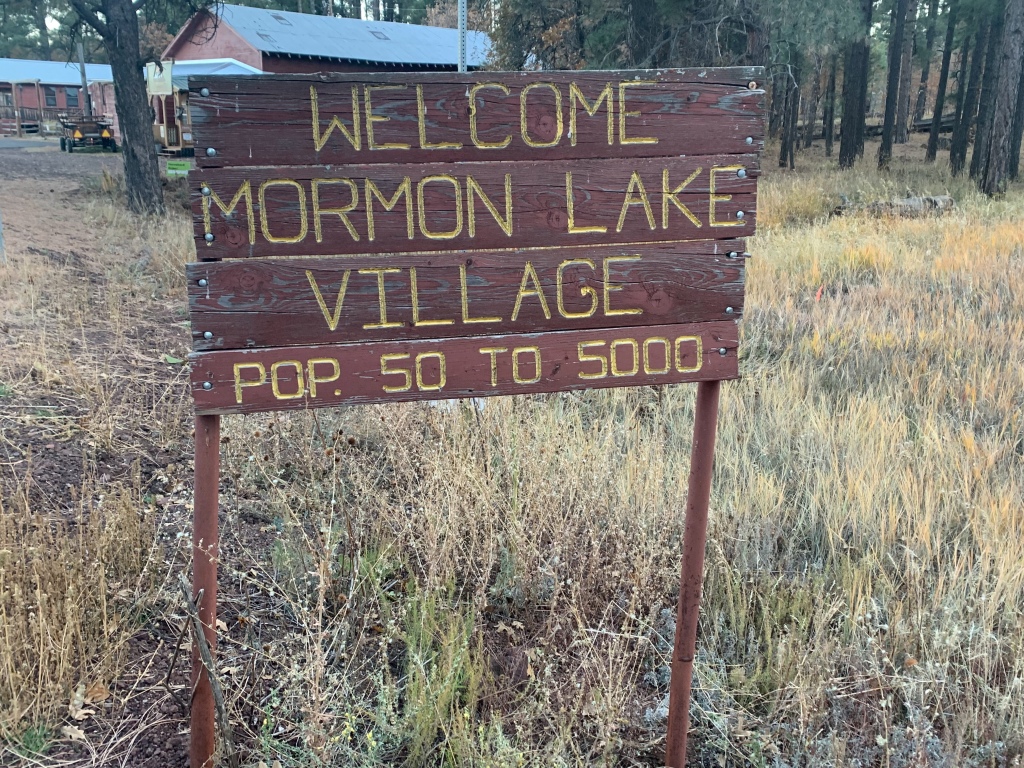
Arizona Trail, Passage 29 (Mormon Lake): Trail Logistics and Ecology
| Passage 29 (Mormon Lake) | |
| AZTA Passage Page & Map | Passage 29 (Mormon Lake) |
| Trail Surface | Dirt singletrack |
| Length (Mi) | 14.8 |
| Season | Spring-Fall |
| Potential Water Sources | Mayflower Springs (mi 247.8 SOBO/540.9 NOBO) Dairy Springs (mi 248.9 SOBO/539.8 NOBO) Double Springs (mi 250.6 SOBO/538.1 NOBO) Wallace Spring (mi 252.3 SOBO/536.4 NOBO) Indian Springs (mi 255.0 SOBO/533.7 NOBO) Mormon Lake Village (mi 255.0 SOBO/533.7 NOBO) Spring/Tank (mi 257.6 SOBO/531.1 NOBO) Van Deren Spring (mi 261.3 SOBO/527.4 NOBO) Allan Lake Tank (mi 262 SOBO/526.7 NOBO) |
| Trailheads | North: Mayflower Spring South: Gooseberry Springs Trailhead (mi 10.6 SOBO/778.1 NOBO) |
| Trailhead Access | North: Two track dirt road South: Graded dirt road |
| Wilderness | No |
| Possible resupply points | Mormon Lake village |
| Difficulty | Moderate |
| Potential campsites (mileages S to N) | Dairy Springs Campground Double Springs Campground Indian Springs – excellent spot, wide flat camping area at the junction of the Indian Springs Trail to the village of Mormon Lake and the Arizona Trail Numerous spots south of Mormon Lake as terrain flattens |
| Threats | Heat – wear a cotton shirt so you can soak it. Synthetics aren’t great in the desert. Hypothermia – nights are generally about 30°F cooler than days in Arizona regardless of the time of year. Consider this in packing gear. Mornings can be cool year-round. Hyponatremia – “drunk on water.” To avoid, ensure adequate salt & electrolyte intake and ensure you eat as well as drink water. Symptoms are almost identical to dehydration, but drinking more makes it worse. Prevention is by far the best solution. Dehydration |
| Permits Required? | No |
| Cell service? | Limited |
| Ecosystems traversed | Rocky Mountain Montane Conifer Forest |
| Rocky Mountain Montane Conifer Woodland | |
| Common Trees/Shrubs | * Ponderosa Pine * Southwestern white pine * Subalpine fir * White fir * Rocky Mountain maple * Bigtooth maple * Grey alder * Red birch * Red osier dogwood * Cliffbush * Mallow ninebark * New Mexican locust * huckleberry * bilberries |
| Common herbaceous plants | * fringed brome * Geyer’s sedge/elk sedge * Ross’ sedge * Bronze sedge/dry land sedge/hillside sedge/hay sedge/Fernald’s hay sedge * screwleaf muhly * bluebunch wheatgrass * Spruce-fir fleabane * wild strawberry/Virginia strawberry * Small-flowered woodrush * mountain sweet Cicely * bittercress ragwort * western meadow-rue * Fendler’s meadow-rue |

Rutha Mcclure
DremBoxBrasil está online! Os mais diversos produtos, de eletrônico à cozinha!